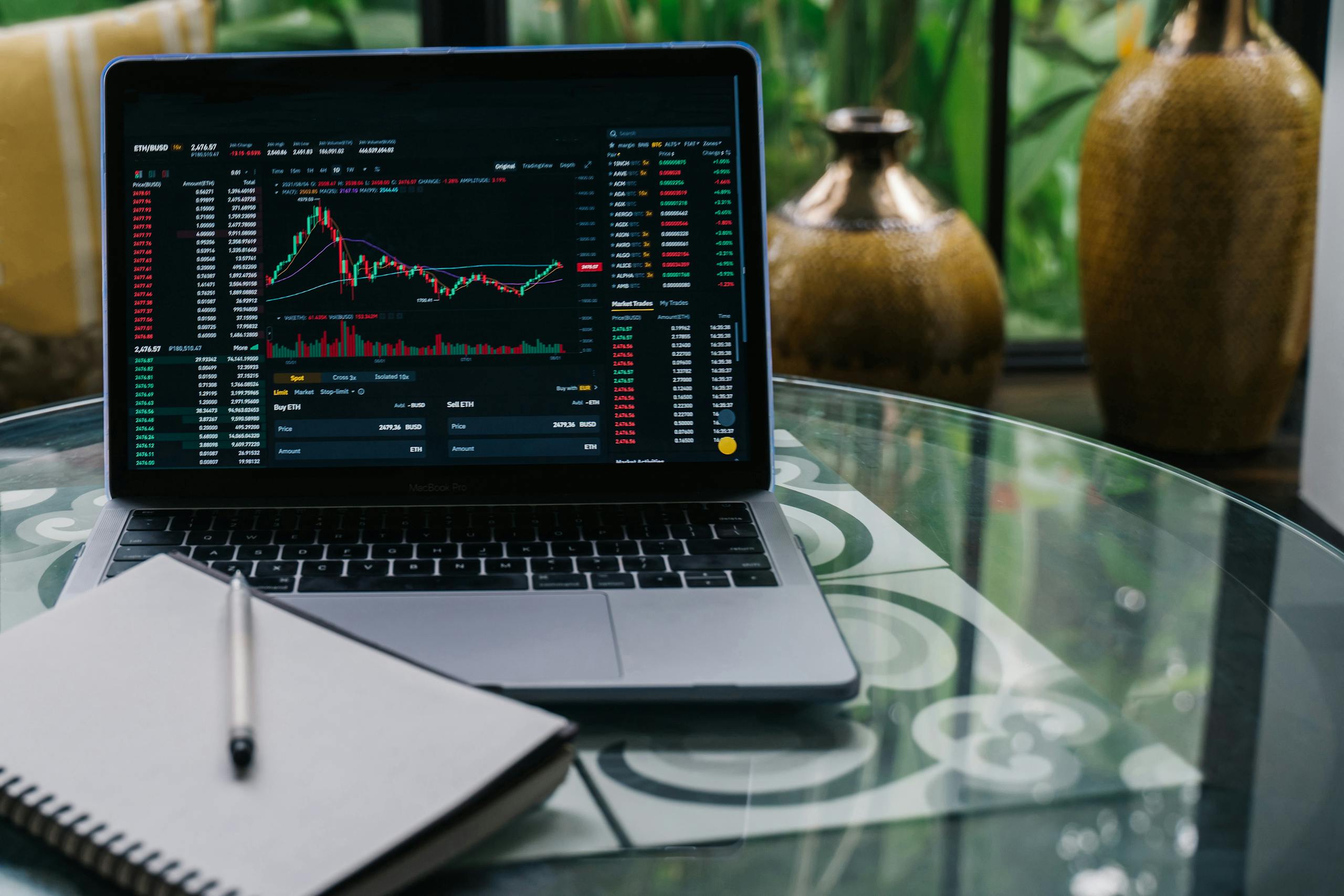How to Use Leverage in Crypto Trading: A Beginner’s Guide to Maximizing Gains and Managing Risks
The cryptocurrency market, known for its volatility and potential for high returns, has become a playground for traders seeking to amplify their profits. One of the most powerful tools in a trader’s arsenal is leverage, which allows you to control a larger position with a smaller amount of capital. However, leverage is a double-edged sword—while it can magnify gains, it can also magnify losses. This article explores how to use leverage in crypto trading effectively, while highlighting the risks and strategies to mitigate them.
What Is Leverage in Crypto Trading?
Leverage is a financial mechanism that enables traders to borrow funds from a broker or exchange to increase the size of their trades. In crypto trading, leverage is commonly used through margin trading, futures contracts, or options. For example, if you have $1,000 and use 10x leverage, you can control a $10,000 position. This means any price movement in the market is multiplied by the leverage ratio, leading to potentially larger profits or losses.
Key Concepts to Understand:
- Leverage Ratio: The ratio of borrowed capital to equity. For instance, 5x leverage means you’re using 5 times your own funds to open a position.
- Margin: The initial deposit required to open a leveraged position. This serves as collateral.
- Liquidation: The automatic closing of a position when the margin balance falls below a certain threshold, often due to adverse price movements.
- Stop-Loss Orders: Automatic orders to sell a position if the price reaches a predetermined level, limiting potential losses.
How Leverage Works in Crypto Trading
Leverage is typically facilitated through derivatives trading (futures, options) or margin trading. Here’s a breakdown:
1. Margin Trading
- Traders borrow funds from an exchange to trade with more capital than they have. For example, a $1,000 trade with 10x leverage allows you to control $10,000 worth of assets.
- Profit/Loss Calculation: A 1% price increase on a $10,000 position with 10x leverage would yield a 10% profit, while a 1% drop would result in a 10% loss.
2. Futures Contracts
- Futures allow traders to bet on the future price of an asset without owning it. Leverage here is built into the contract structure. For instance, a Bitcoin futures contract with 20x leverage lets you trade $20,000 worth of BTC with a smaller margin.
3. Options
- While less common for leverage, options provide the right (but not the obligation) to buy or sell an asset at a set price. They offer leverage through premium pricing, though they are more complex.
Steps to Use Leverage Effectively
1. Educate Yourself
- Before using leverage, understand how it works and the associated risks. Research platforms, trading strategies, and the terms of leverage (interest rates, liquidation thresholds).
2. Choose the Right Platform
- Use reputable exchanges offering leverage, such as Binance, Kraken, Bybit, or Coinbase Trading Platform. Each platform has varying leverage limits and fee structures. For example, Binance allows up to 125x leverage for some pairs, while others may cap it at 50x or lower.
3. Select a Leverage Ratio That Matches Your Risk Tolerance
- Start with low to moderate leverage (e.g., 2x–10x) if you’re new. Higher leverage (20x or more) is suitable for experienced traders with a clear strategy and risk management plan.
- Example: If you have $5,000 and use 5x leverage on Ethereum, you can trade $25,000 worth of ETH. A 2% price rise would earn you $500 (5x the 1% gain), but a 2% drop could trigger a liquidation.
4. Understand Margin Requirements
- Platforms require initial margin (collateral) and maintenance margin (minimum balance to keep the position open). If your account balance falls below the maintenance margin, your position may be liquidated.
5. Use Stop-Loss and Take-Profit Orders
- These tools are critical for managing risk. A stop-loss automatically sells your position if it hits a loss threshold, while a take-profit locks in gains at a target price.
6. Distinguish Between Isolated and Cross Margin
- Isolated Margin: Limits losses to the specific position, protecting other funds in your account.
- Cross Margin: Uses your entire account balance as collateral, increasing risk but offering flexibility.
7. Monitor Market Volatility
- Crypto markets are highly volatile. Even minor price swings can trigger liquidation. Use leverage only in stable or predictable market conditions.
Risks of Using Leverage
Leverage is not without its dangers:
- Amplified Losses: A 1% drop in a 10x leveraged position results in a 10% loss, which can eat into your capital quickly.
- Liquidation Risk: If the market moves against you, your position may be liquidated, leading to significant losses.
- Cost of Borrowing: Exchanges charge interest on borrowed funds (e.g., funding rates in futures trading), which can reduce net profits.
- Psychological Pressure: The temptation to take bigger risks can lead to impulsive decisions, especially in fast-moving markets.
Example: A trader with $1,000 uses 20x leverage to buy Bitcoin. If the price drops 5%, they lose $1,000 (100% of their capital), even though the market only fell 5%.
Strategies for Effective Leverage Use
1. Use Leverage for Short-Term Moves
- Leverage is best suited for short-term trades (day trading, scalping) where price movements are anticipated. Avoid using it for long-term holdings, which are harder to predict.
2. Diversify and Hedge
- Combine leverage with hedging strategies (e.g., shorting a correlated asset) to mitigate risks. For instance, if you’re leveraged long on Bitcoin, you could short Ethereum to offset potential losses.
3. Start Small and Scale Gradually
- Begin with small positions to understand how leverage impacts your trades. Gradually increase exposure as you gain experience.
4. Stay Informed and Adaptive
- Keep track of market news, macroeconomic events, and technical indicators. Leverage requires quick decision-making in response to price changes.
Real-World Scenarios
Case 1: Bullish Trade with Leverage
- A trader believes Bitcoin will rise from $30,000 to $35,000. With $2,000 and 10x leverage, they open a $20,000 long position. If the price hits $35,000, they profit $5,000 (a 5% gain on the $30,000 base price, multiplied by 10x).
Case 2: Bearish Trade with Leverage
- A trader shorts Ethereum at $2,000 with $1,000 and 20x leverage. If Ethereum drops to $1,800, they profit $1,000 (a 10% gain on the $2,000 position). But if the price rises to $2,200, they lose $2,000, potentially leading to liquidation.
Tips for Beginners
- Never Invest More Than You Can Afford to Lose: Leverage is high-risk. Avoid over-leveraging to 50x or 100x unless you’re an experienced trader.
- Avoid Greed: Use leverage to enhance strategy, not to chase quick profits. Set clear targets and exit points.
- Practice with a Demo Account: Many exchanges offer demo platforms to test leverage strategies without real money.
- Stay Updated on Regulations: Some countries restrict high-leverage trading. Ensure compliance with local laws.
- Use Leverage Sparingly: For most beginners, 2x–5x leverage is sufficient. Higher ratios are for advanced traders.
Conclusion
Leverage can be a game-changer in crypto trading, but it’s not a silver bullet. It requires a deep understanding of risks, disciplined strategy, and careful risk management. While the potential for higher returns is tempting, the possibility of significant losses is equally real. As with any trading tool, leverage should be used cautiously, and newcomers are advised to start small, educate themselves, and never invest more than they can afford to lose. When employed wisely, leverage can be a powerful addition to your trading toolkit, but it’s essential to remember that it’s not a substitute for sound analysis and strategy.







